· Click the blue text to follow us

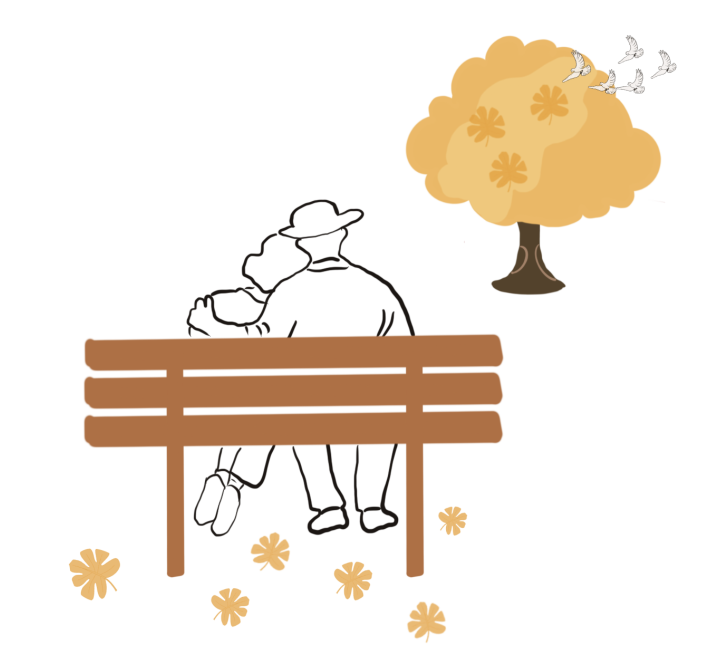
On February 18, 2025, the first “integrated medical and elderly care” embedded medical service point in the Aba Tibetan and Qiang Autonomous Prefecture officially commenced operations at the Wenchuan Social Assistance Welfare Center. This innovative project, directly undertaken by the Mianzhu Town Central Health Center and supported technically by the Aba Second People’s Hospital (Wenchuan People’s Hospital), marks a significant breakthrough in addressing the shortage of medical resources in elderly care institutions in mountainous areas.

Three-Level Connectivity: Medical Community Weaving County Medical Network
Leveraging the advantages of the county medical community construction, this project has established a “three-level linkage” medical service network. The county hospital dispatches cardiovascular and geriatric specialists weekly to provide on-site consultations, forming a service model of “expert rounds + general practice presence” with the resident general medical team at the Mianzhu Health Center. A special green channel for CT examinations and medical testing has been opened, achieving a remote collaboration mechanism where “examination orders are issued within the nursing home, and diagnostic reports are provided by the county hospital”.
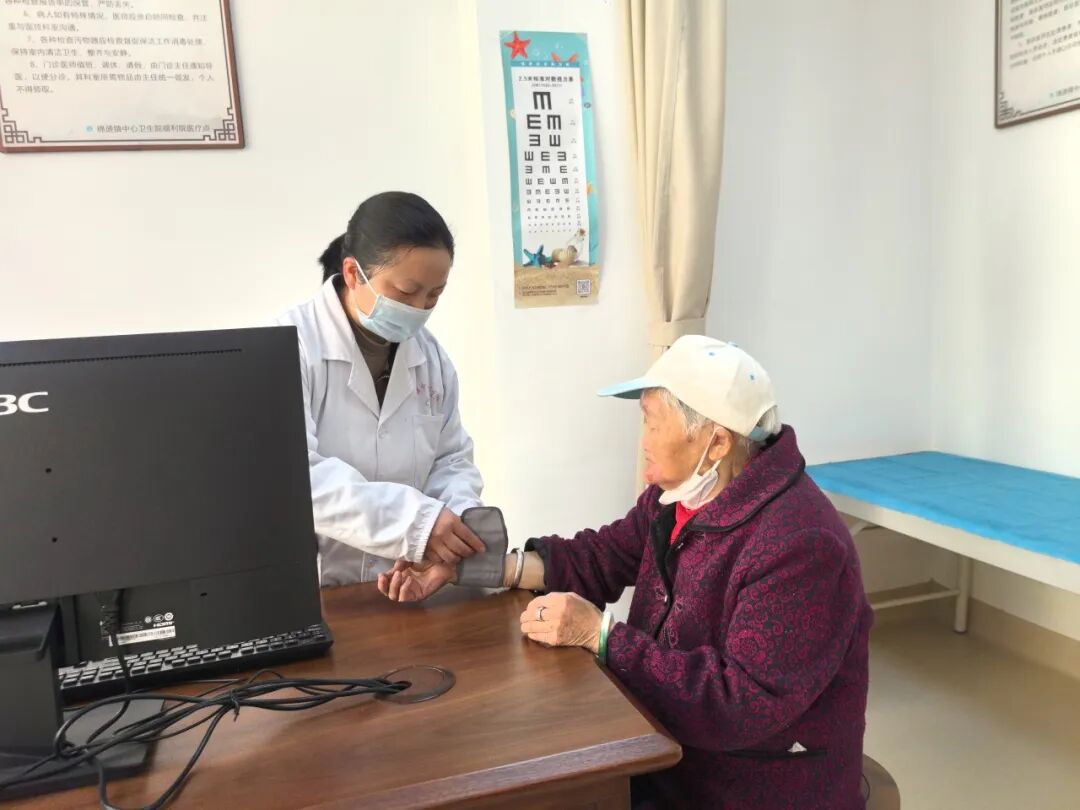
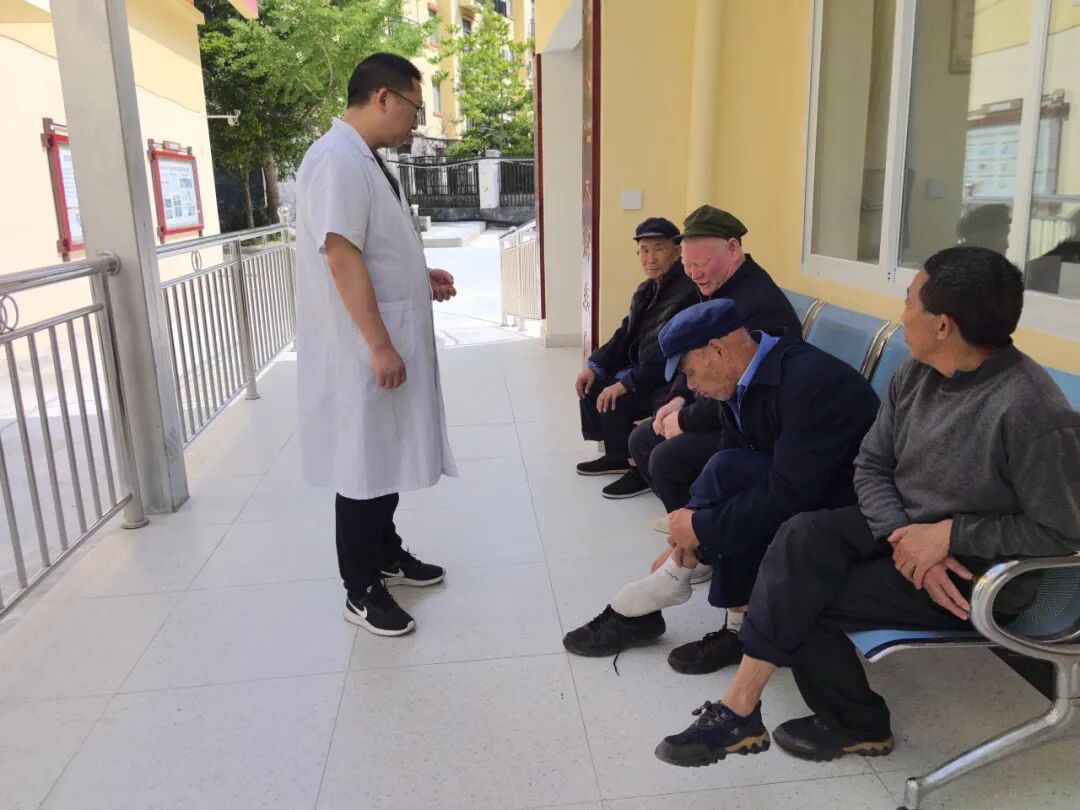


Integration of Chinese and Western Medicine: Setting a New Benchmark for Health Services in the Region
The medical point is equipped with basic departments such as general outpatient and emergency units, while focusing on creating a 500-square-meter area for traditional Chinese medicine health services, equipped with advanced devices such as smart moxibustion beds and infrared therapy instruments, and launching specialty projects like the “Five-Component Therapy for Chronic Disease Management”. Data shows that the proportion of traditional Chinese medicine treatments reached 67%, with a patient satisfaction rate of 98% for projects like herbal plaster and acupoint massage. “I have done 10 sessions of fire dragon cupping for my old leg pain, and now I can walk to the cafeteria by myself,” said 82-year-old Qiang elder Mr. Zhou, giving a thumbs up.
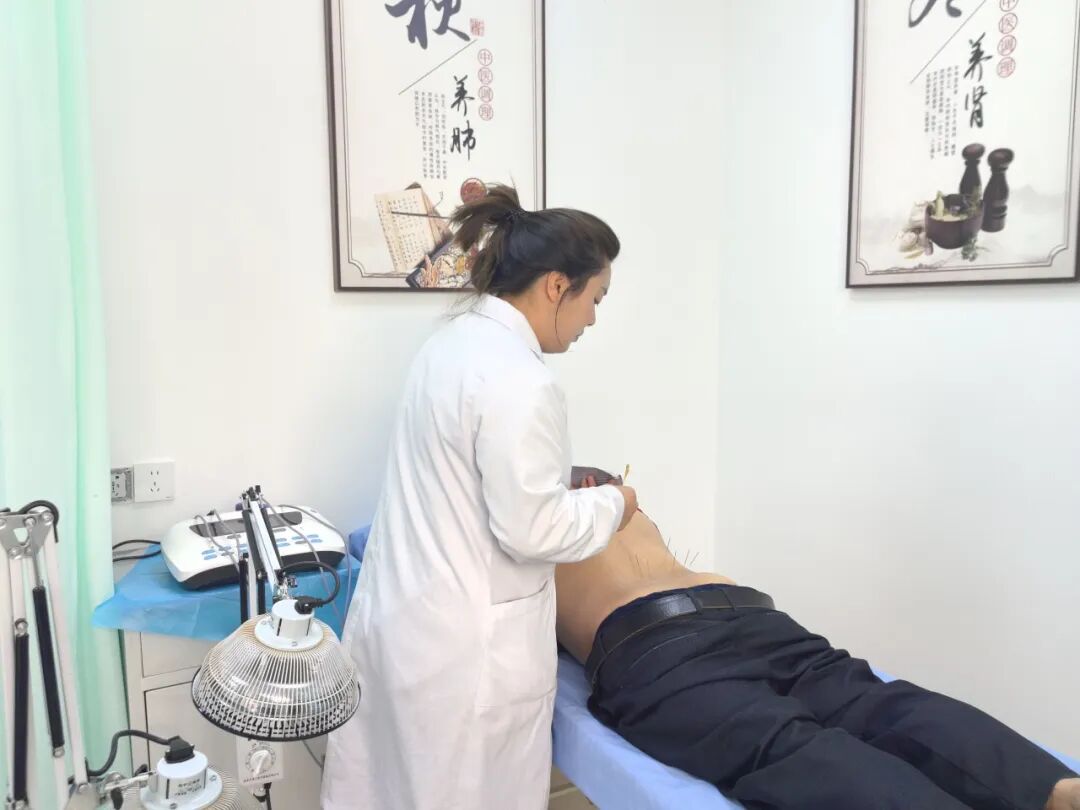
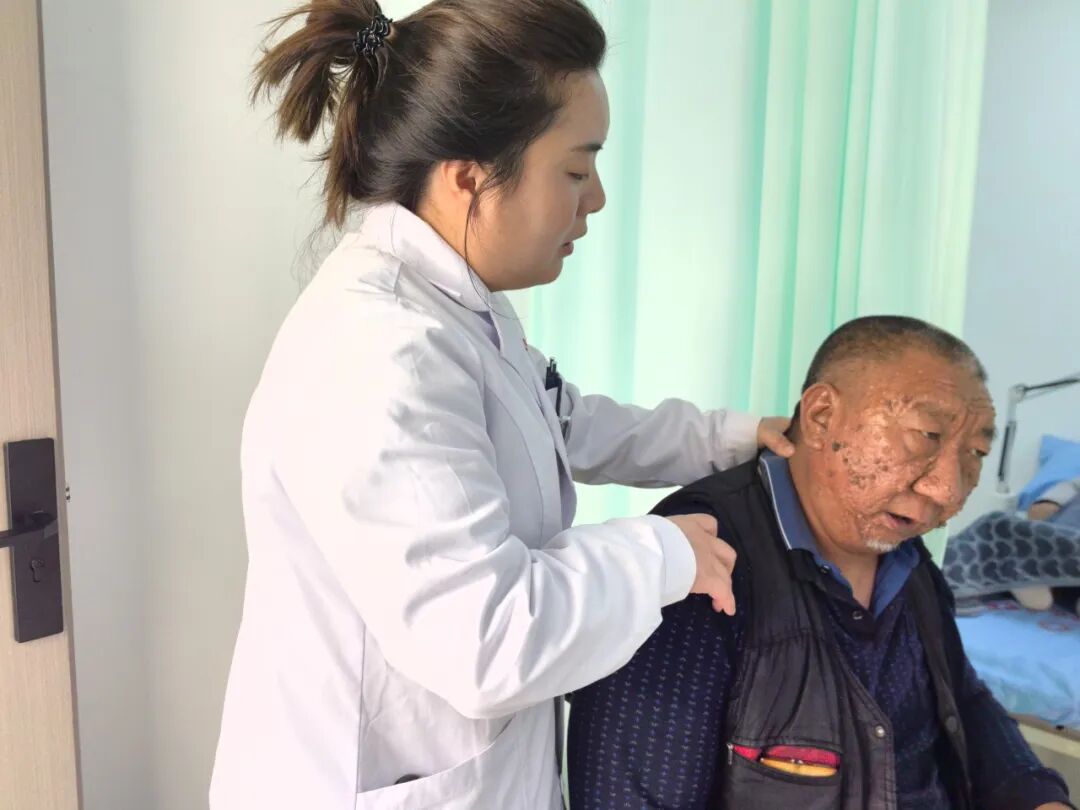
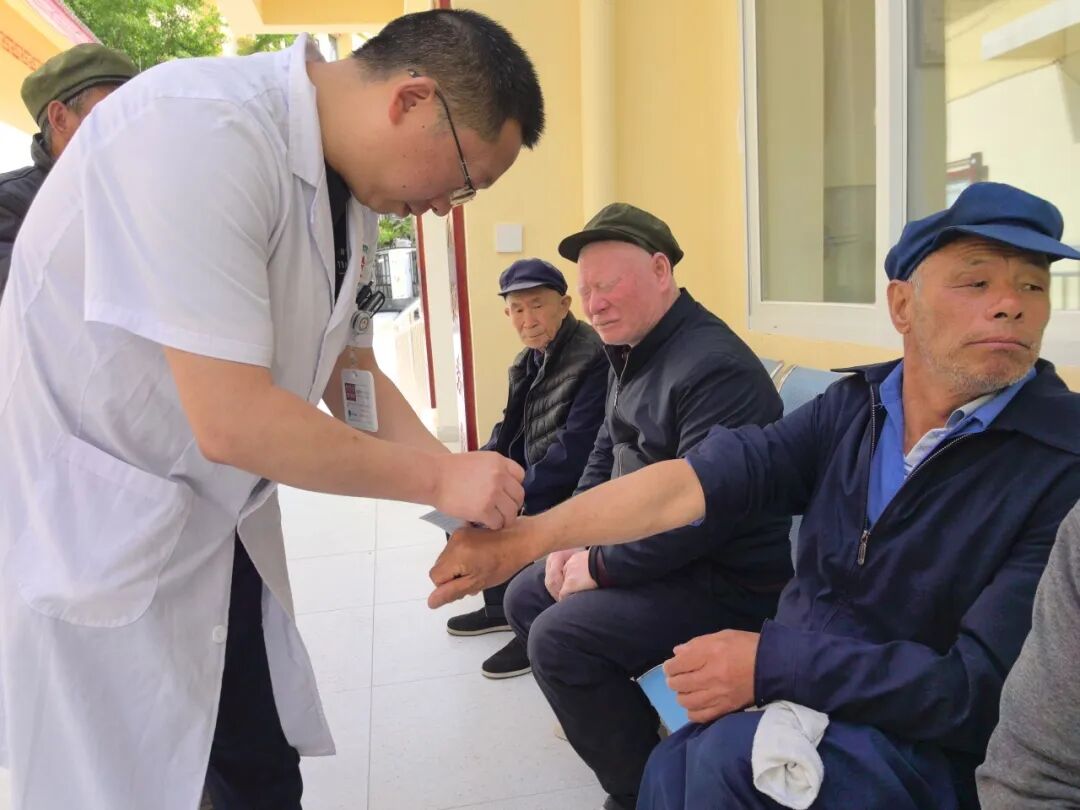
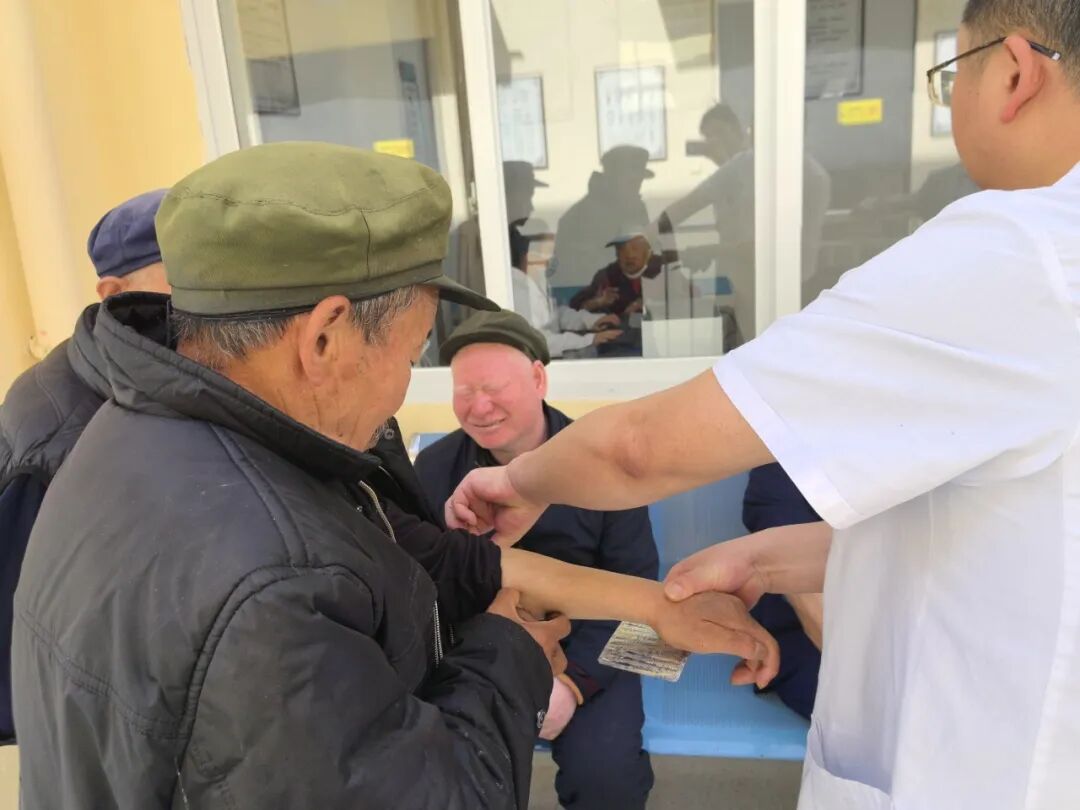


Data Empowerment: Breaking the Medical Dilemma in Mountainous Areas through Integrated Medical and Elderly Care
The medical point delivered impressive results in its first month of operation: outpatient visits exceeded 193, and 18 inpatients were admitted. The chronic disease medication catalog expanded from over 10 types to more than 100, and the emergency referral response time was reduced to 15 minutes, successfully managing 2 cases of acute angina and chronic obstructive pulmonary disease. From enhancing reception capacity to expanding medication guarantees, from speeding up emergency networks to reducing treatment costs, the data-empowered integrated medical and elderly care model is reconstructing the “efficiency-equity-accessibility” triangle of medical services in mountainous areas.
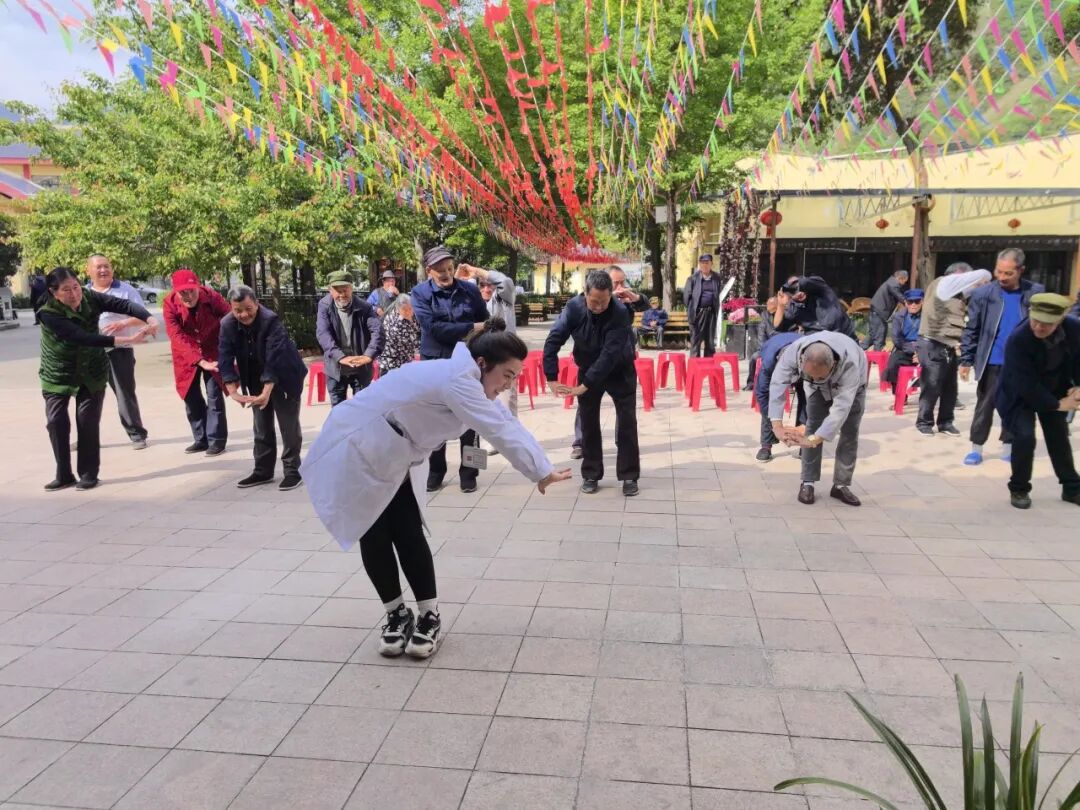



Innovative Model: Writing a New Chapter in Livelihood through Hierarchical Diagnosis and Treatment
This model has formed a standardized service system of “four ones” (one smart medical station, one interdisciplinary team, one referral mechanism, and a batch of traditional Chinese medicine specialty projects), and the relevant experience has been included in the Aba Prefecture’s integrated medical and elderly care promotion case library. In line with the “Healthy China 2030” planning outline, the embedded medical and elderly care services innovatively created in Wenchuan not only solve the dual dilemma of “difficult access to medical care and difficult care for the elderly” in mountainous areas but also explore a new path for optimizing the allocation of medical resources in ethnic regions. With the continuous addition of functions such as family doctor contract services and remote medical consultations, this land is writing a new chapter in the “health and livelihood” of the new era.

Information on Provincial Expert Consultations
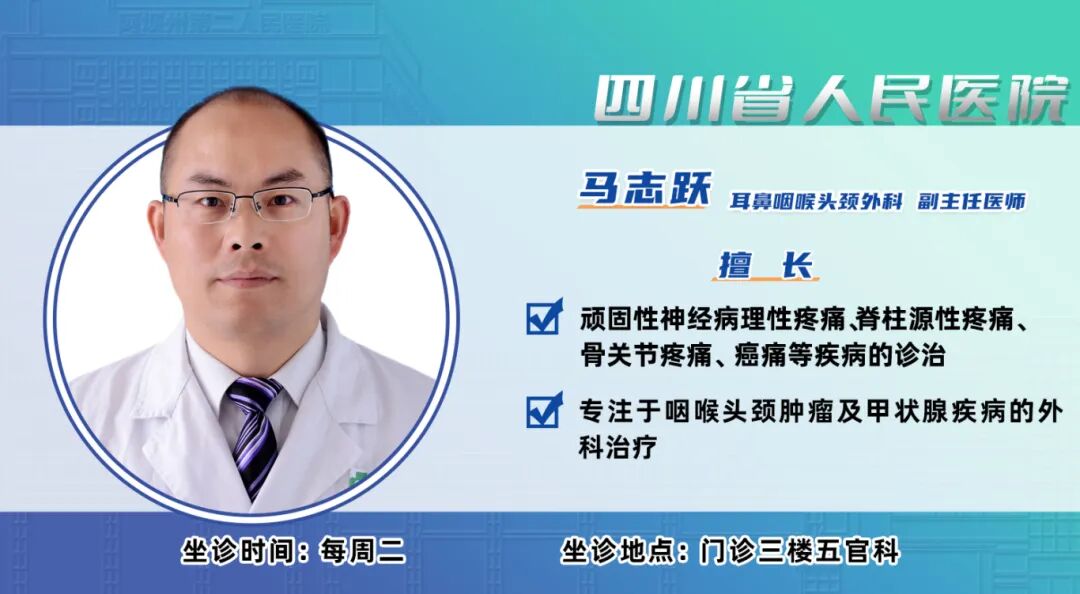
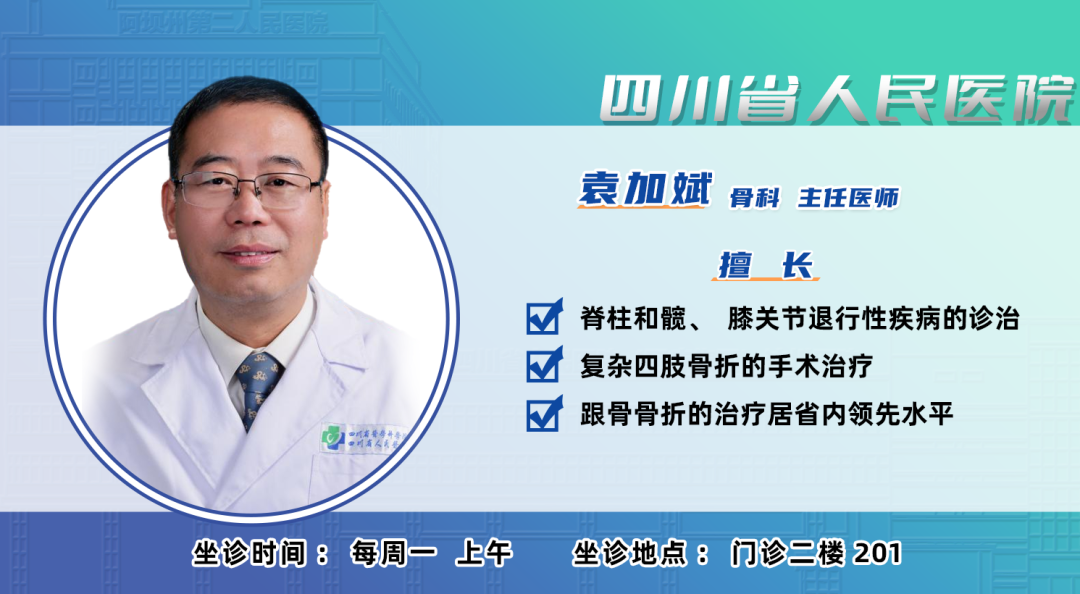

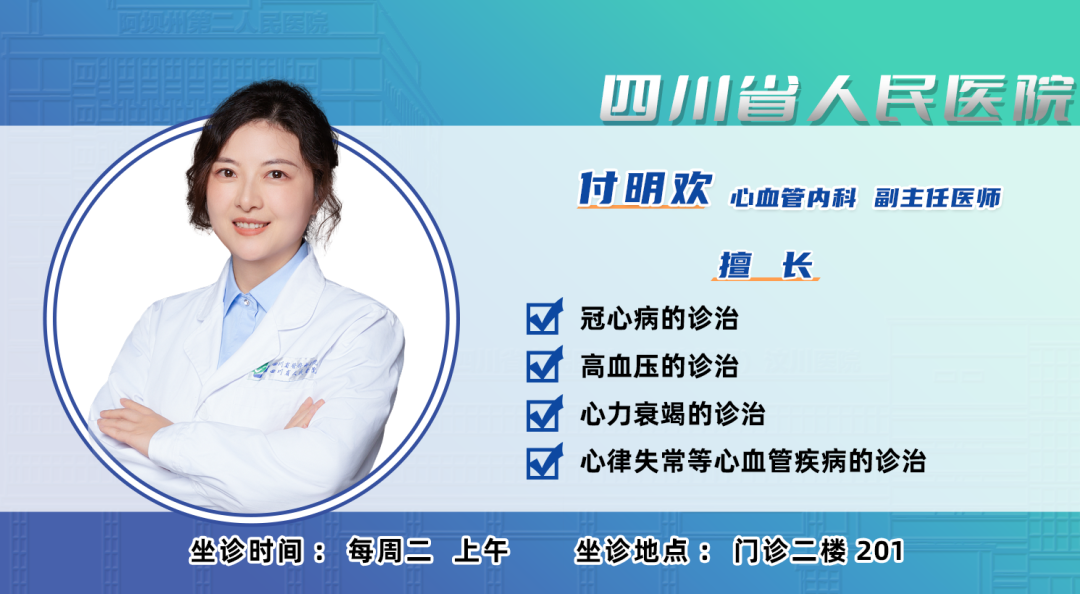
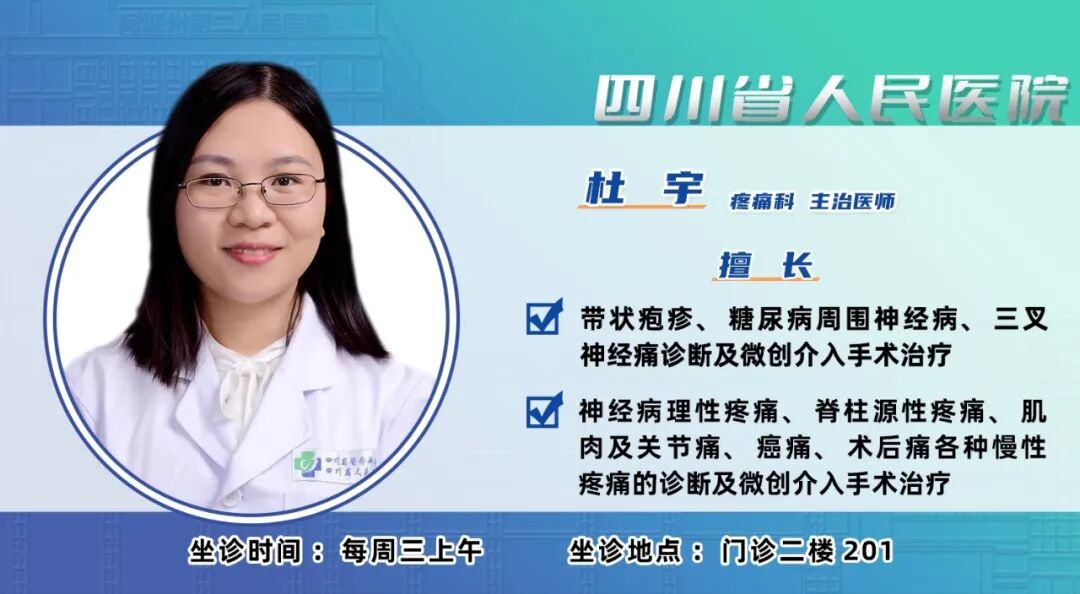
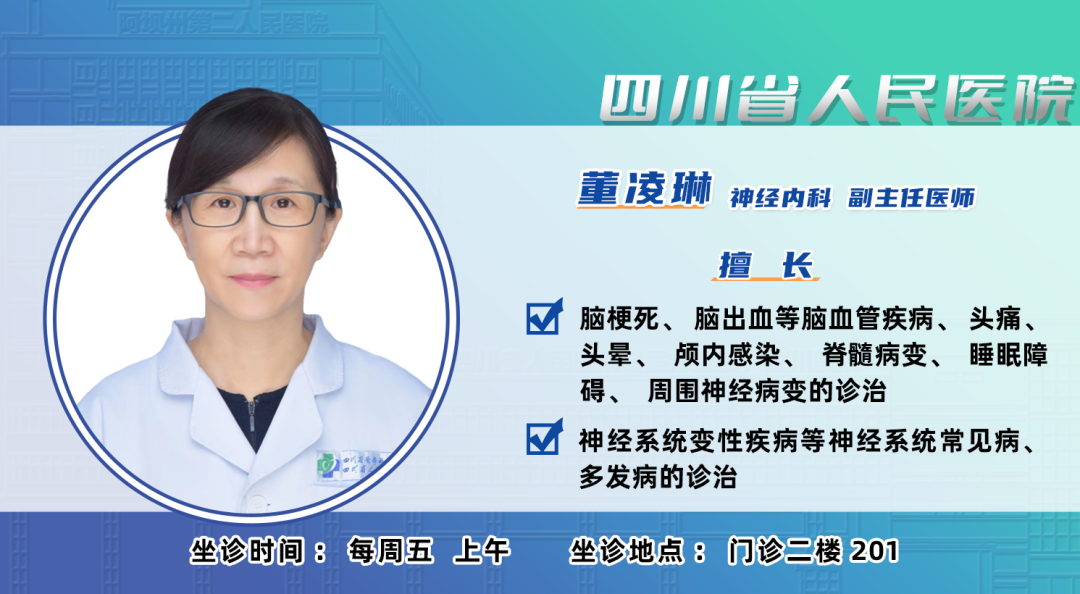
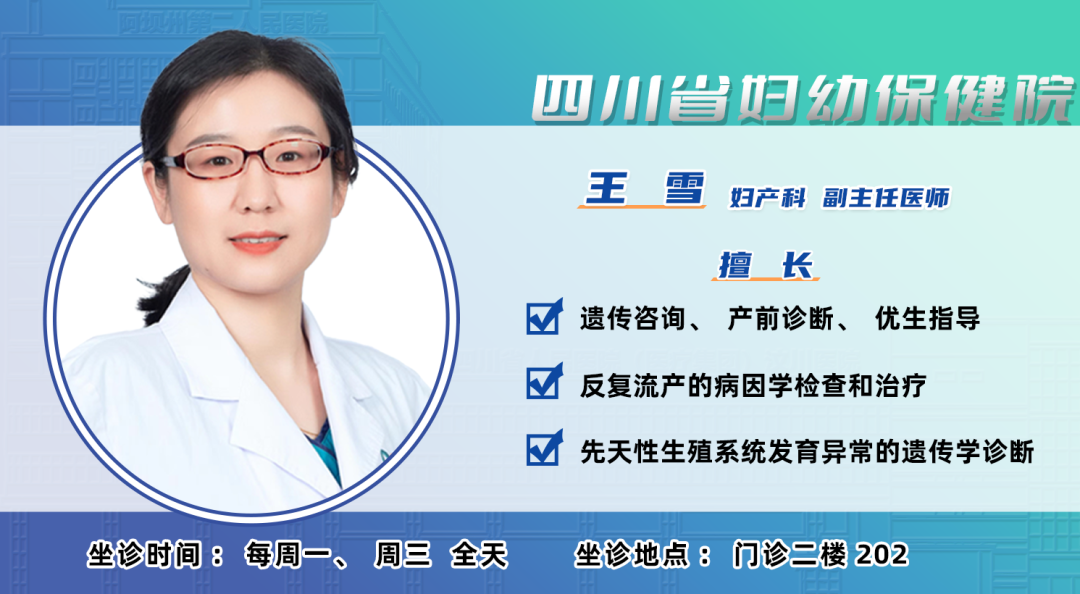
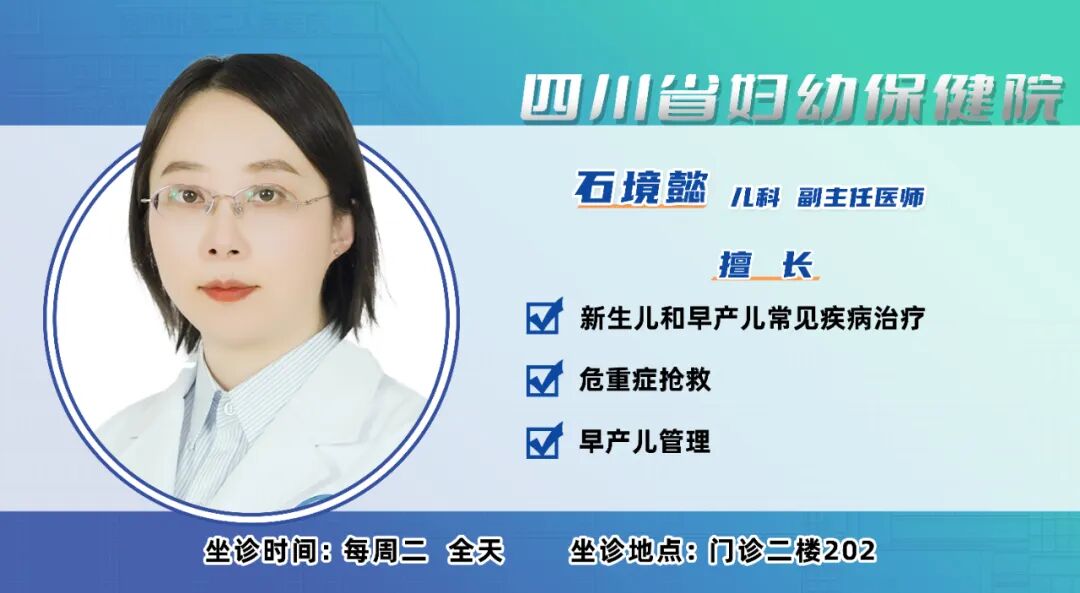

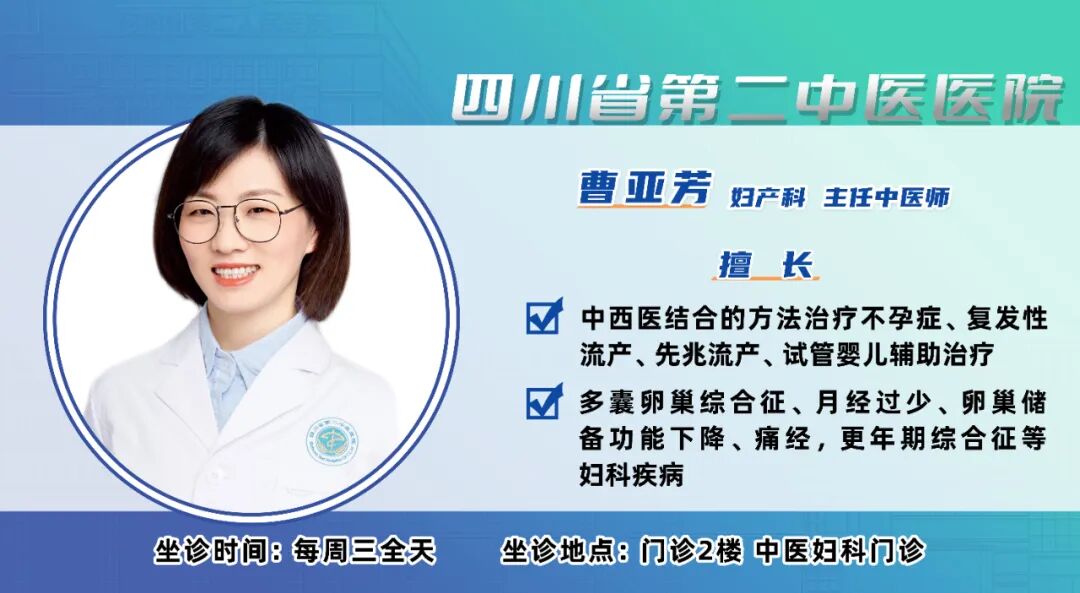
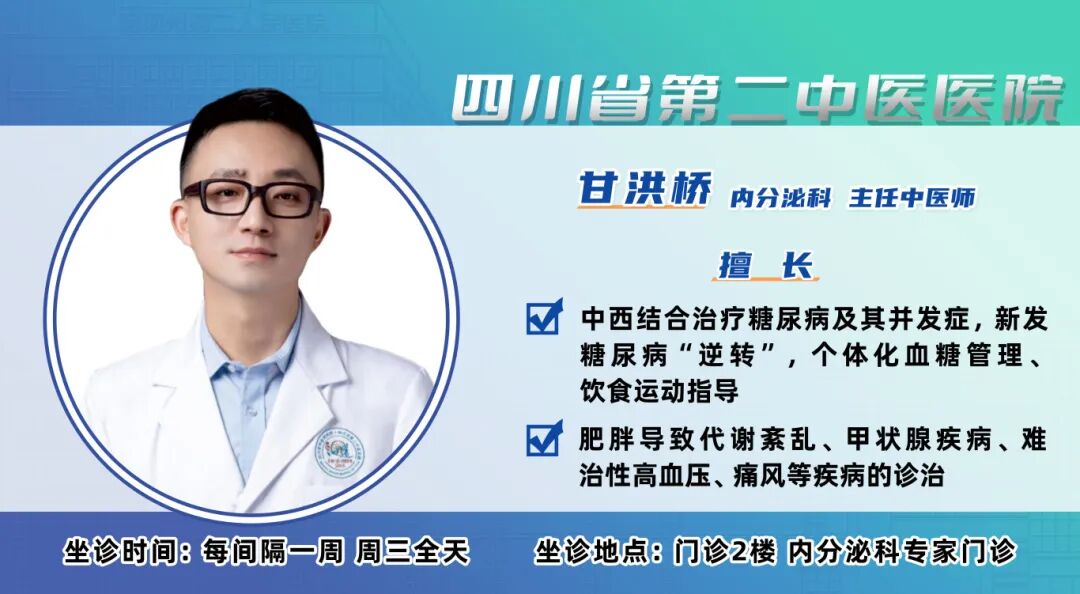 Some images are sourced from the internet (please delete if infringing)Submitted by / Hospital OfficeEdited by / Publicity DepartmentReviewed by / Wang XiaonanIssued by / Zhang Junhua
Some images are sourced from the internet (please delete if infringing)Submitted by / Hospital OfficeEdited by / Publicity DepartmentReviewed by / Wang XiaonanIssued by / Zhang Junhua